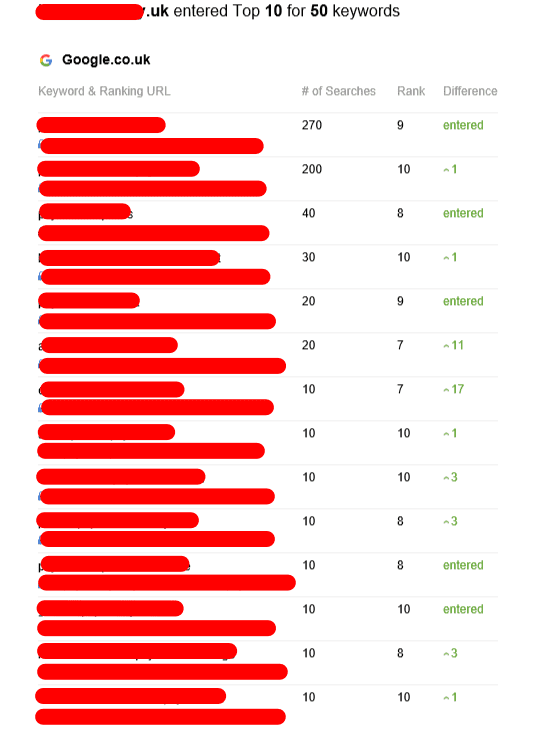Backlink Tier - The Hierarchy of Backlinks That Scale Your SEO Campaign
Backlink tier is the hierarchy of backlinks that you construct to boost your SEO campaign. Each level offers an additional layer of protection from Google's penalties.
To make it work, you'll need to spend an enormous amount of effort and time. Google takes weeks to find and assess new backlinks.

First-Tier Links
These links should be of a high quality and dofollow from reliable websites. These links are referred as Tier 1 backlinks, and they are the foundation of your link-building strategy. They endorse your web page, giving it the domain authority needed to rank well in search results pages of engines. If, for instance your blog article was published on HubSpot and it included a tier one link to SearchEngineLand’s compilation of Link Building Statistics then SearchEngineLand’s web page rankings will benefit from the link equity HubSpot transferred to SearchEngineLand.
The second tier of backlinks could be a bit more diverse and include low-quality links, such as spammy forum posts or low-quality bookmark websites and directories. The primary goal of Tier 2 is to create content of high-quality that links back to your first-tier backlinks. This is because quality content will improve the content it is placed within, and not stand out as a unique addition for SEO purposes.
To build what is tiered link building , you'll require investment in high-quality materials and tools such as RankerX or GSA. However the time and effort that is spent manually executing the tiered link building process can be worth it terms of the higher rankings that result from having a well-structured backlink pyramid.
Second-Tier Links
Tiered link building is designed to enable users to navigate external pages and then reach your website. It's crucial to choose relevant second-tier sources of backlinks that are relevant to both your site and your industry to ensure this happens. As opposed to profile profiles for accounts guest blog posts are able to perform well for this purpose because they provide content that users would like to consume.
You should avoid using the tier-2 links on forums or other low quality sites. Instead, use high-quality pages like industry articles or guest posts. These links will appear more natural and have greater effect on your search engine's ranking. They're also more likely to be regarded as having earned link equity by Google, which can increase the value of their position in SERPs.
If you build tier two links with the aim of boosting your SEO rankings it is important to be aware of the difficulty to get these types of high-quality backlinks manually. It can take several months to offer guest posts to top publishers, and even longer them to be published. It can also take weeks to see results when it's time to generate new traffic and converts from onsite.
Many SEOs make use of automated tools to create second-tier backlinks. This could be in violation of Google's Webmaster Guidelines and could result in penalties.
Third-tier Links
The volume of links at this level is enormous and can even be borderline spammy. They are shared on social media platforms as well as user-generated content websites like Quora. They are used to index tier 2 links but they do not pass link equity to the resource promoted. They are typically nofollow links. At the moment, marketers are more focused on quantity rather than quality. They use tools to share numerous links in forums, in the comments section of articles and blog posts, in directories, and other similar places. In this situation tiered link-building can be considered a gray area and infringes Google’s webmaster guidelines.
Link-building strategies that are classified require a lot of time and energy to be successful. Google could take months or even days to index an backlink. It may then take weeks or even months to see an SEO effect. Therefore, marketers must be patient and use an effective content strategy.
Marketers should be cautious about using too many automated tools to achieve this level of linking. These can violate the rules of search engine optimization and lead to penalties. It is preferential to manually select links and place them on relevant donor websites rather than using automated services such as GSA or RankerX. This will stop search engines from penalizing your promotion for links that are not of high quality.
Fourth-Tier Links
Tiered link building is still a popular method for improving ranking of websites. However as Google has taken significant steps to stop "black hat" SEO practices, tiered linking techniques have taken a hit.
They are considered gray-hat SEO techniques and can be punished for their deliberate use. Tiered links are backlinks that are built on different tiers of the link pyramid. The primary goal of these backlinks is to improve the position of a resource promoted in search engine results. This way, the promoted web page can rank higher than rivals and gain more organic traffic.
This category has a lower number of backlinks, and are typically nofollow. In addition this tier may comprise low-quality social directories, profiles and article networks. These links can be made by hand or through automated strategies, but they must be diverse in terms of domains or niches they are in and the relevance.
In addition to their low-quality, nofollow character, these backlinks can also cause problems if not diversified enough. This is because Google has a very advanced group of hounds that constantly look out for patterns in backlink profiles and techniques. If they find them, not only can the link-building team be penalized, but so can its clients.
